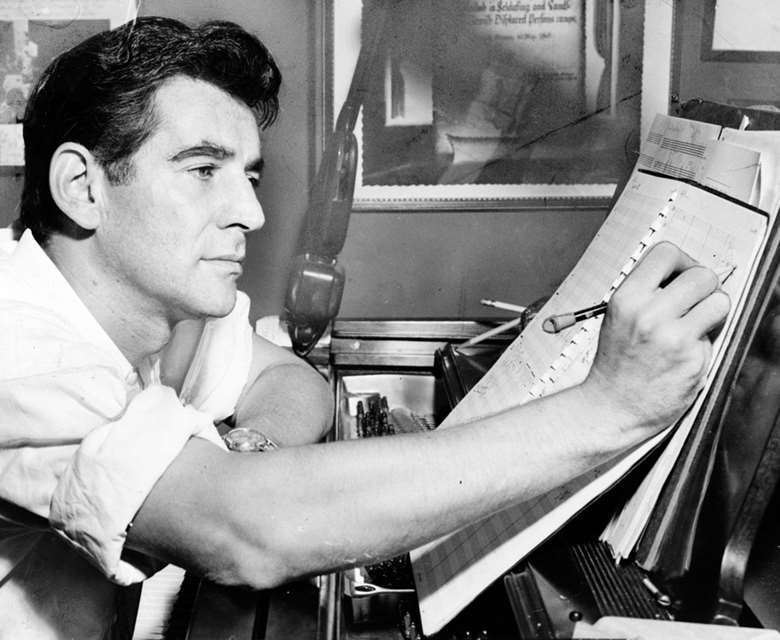Why Leonard Bernstein's music demands to be danced to
Sarah Kirkup
Wednesday, March 14, 2018
With the centenary celebrations underway, a new Royal Ballet triple-bill devoted to the composer highlights the sheer ‘danceability’ of his music, writes Sarah Kirkup

Register now to continue reading
Thanks for exploring the Gramophone website. Sign up for a free account today to enjoy the following benefits:
- Free access to 3 subscriber-only articles per month
- Unlimited access to our news, podcasts and awards pages
- Free weekly email newsletter








